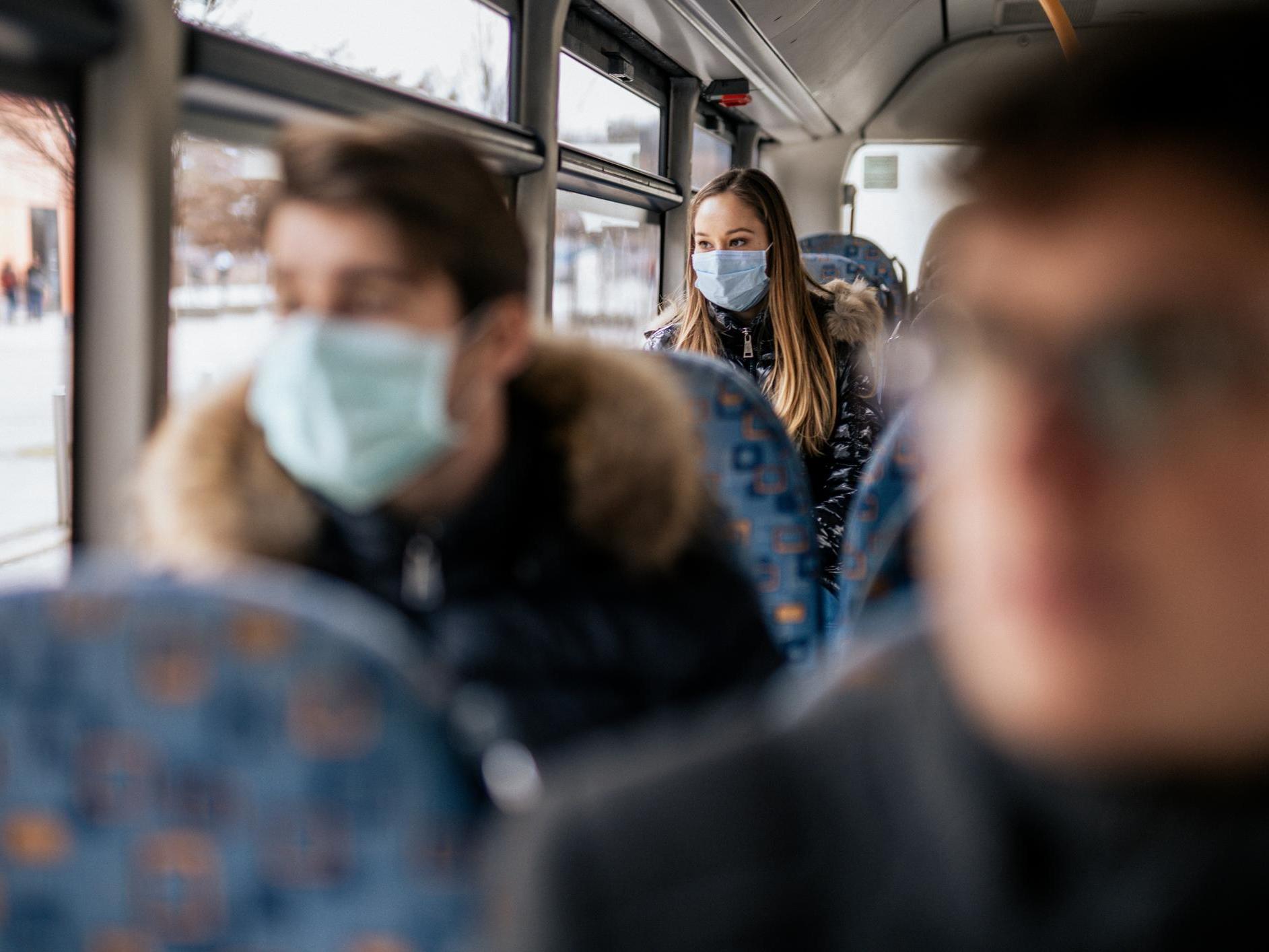The coronavirus pandemic now has over six million confirmed cases and a rising death toll around the world. However, a number of countries have announced that they have controlled the coronavirus spread to a significant extent including the US, Germany, and Denmark.
Consequently, the lockdown restrictions for controlling the spread of the coronavirus and reducing the number of new cases have been eased with many people returning to work and reopening of schools as well as businesses.
While the number of new cases of the infection has reportedly been low in comparison with the rate prior to the imposing of lockdown, health agencies have still emphasized the need for following guidelines for the prevention of coronavirus infection as the risk of contracting SARS-CoV-2 still remains to be very high.
In fact, many of the countries which had initially eased lockdown restrictions had a spike in a few days following the lifting of the lockdown which was later controlled by making policies such as wearing a mask at workplaces necessary.
The World Health Organization has stated that preparing tracing teams to look out for new cases of the infection as well as following instructions are both mandatory steps to prevent the second wave of the coronavirus.
RELATED: NHS Plans to Keep a Record of Coronavirus Patients for the Next Two Decades
Research has already shown that SARS-CoV-2 or the novel coronavirus is highly contagious. A few more cases can, therefore, re-start the health pandemic all over again and countries may lose the progress on the control of the situation.
At the moment, there is a need to keep coronavirus hotspots in check including places that were previously linked to a very high rate of coronavirus spread such as care homes in the US and Canada and places of worship like Churches where people are expected to gather.
In a similar way, public transport is also suspected by a vast majority of people to be hotspots for coronavirus spread as the big amount of people traveling on buses, trains, and subway can increase the virus transmission significantly.
Previously, public transport was restricted in almost all of the countries in order to cut down the risk of coronavirus spread. Now, since the lockdown restrictions have been eased, many states are opting for stricter cleaning measures in all transport.
The measures are also expected to get stricter as people are likely to use public transport for going to work, school, or traveling. However, health experts state that cleaning measures can only have a limited impact on the transmission of the virus.
The key to cutting down the risk of coronavirus spread and preventing a second wave of coronavirus is social distancing. In most of the public transport options like bus, social distancing is nearly impossible.
A number of states in Australia have limited the number of people in transport or have announced that they will be removing seating spaces in the most-used transport options such as buses and trains.
However, such safety precautions can only be successful if people continue to be careful. Research has already established that the coronavirus infection is more likely to spread indoors in comparison with outdoors.
Public transport can easily be a hotspot for coronavirus spread if people are not following necessary preventive guidelines that include maintaining physical distancing, frequent handwashing, and wearing a mask.
In trains, buses, and other transport, carrying a hand sanitizer, avoiding touching seats, and wearing a mask can make a significant difference.
On the other hand, not following all the aforementioned guidelines can also tremendously increase the risk of contracting COVID-19 especially in transport without limitations on the number of people.
If the transport of preference has not imposed safety measures and restrictions, try and go for safer options including personal cars, walking, or even cycling.


